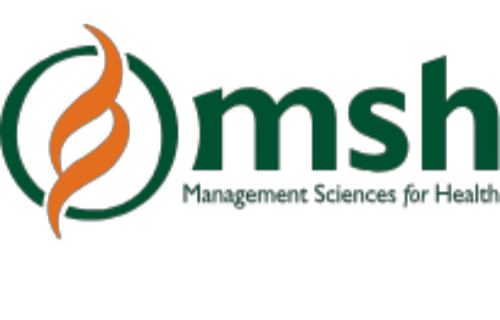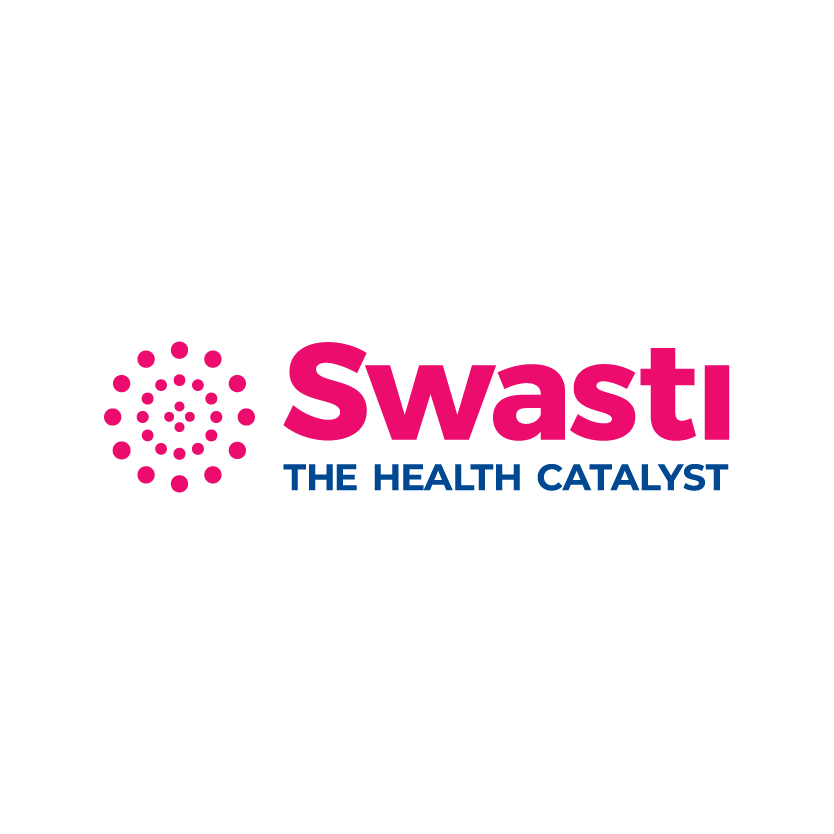

This section hosts guidelines, manuals and toolkits to strengthen public health practice.
Resources
FILTER
BY CATEGORY
View All
END THE GLOBAL COVID-19 EMERGENCY IN 2022
08 Apr 2022by WHO 30 MIN READ
More than 143 million new cases were reported globally in the first two months of 2022 alone – one-third of the 433 million cases that had been reported up to 28 February since the onset of the pandemic. The pandemic is not over, although COVID-19 is now affecting countries in very different ways. In September 2021, WHO outlined the risk factors that could prolong the COVID-19 pandemic, including the “possibility that new variants will emerge with greater transmissibility and lower susceptibility to current vaccines; the inconsistent application of public health and social measures; the continued politicization and mixed messaging around proven and effective public health interventions; the global prevalence of misinformation about COVID-19 and COVID-19 tools such as vaccines; and crucially, inequitable access to and capacity to utilize COVID-19 tools such as vaccines”.
WHO’s first global Strategic Preparedness, Readiness and
Response Plan (SPRP) was published on 4 February 2020,
and outlined the essential steps needed at global, national
and local levels to suppress transmission of COVID-19,
reduce exposure, protect the vulnerable and save lives.
The SPRP 2021 updated the strategy to take account
of new knowledge and more effective tools developed
over the preceding year. In this document for 2022,
WHO sets out a number of key strategic adjustments
that, if implemented rapidly and consistently at national,
regional, and global levels, will enable the world to
end the acute phase of the pandemic. While recovery
and the strengthening of the global health emergency
preparedness and response architecture are beyond the
scope of this document, it should be noted nevertheless
that the capacities and adjustments necessary to end the
acute phase of the COVID-19 pandemic can and should
lay the foundations for a future in which the world is
prepared to prevent, detect and respond to pandemic
threats.
Related File :
4686765786.pdfCategories
COVID-19

 EXPLORE DATA
EXPLORE DATA 



























